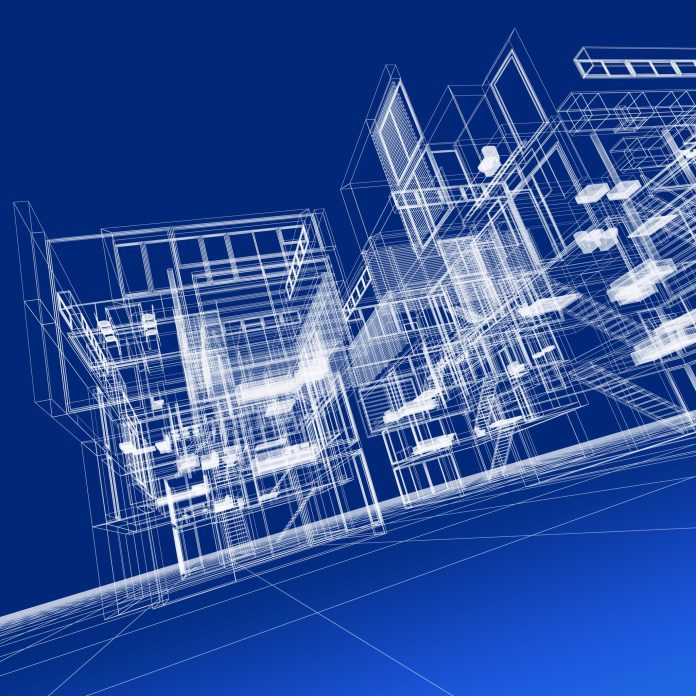Smart companies invest in smart buildings while others watch from the sidelines
The Continental Automated Buidling Association’s annual show brings together real estate professionals and the companies who can help them make their properties safer, greener and more efficient. Connectivity is the key to most of the solutions that were discussed this week at the CABA Forum. With prices for wireless connectivity and sensor technology both declining, there are more and more opportunities to create “smart” buildings. But building owners and their tenants remain cautious for a number of reasons.
1. First and foremost is security, according to several of the speakers at the CABA Forum. Some companies don’t think the potential value of the data they could get from connected equipment outweighs the security risk. Companies are very aware that anything that’s connected can be hacked.
“Hacking has gotten much more sophisticated, and IoT devices are hackable,” said AT&T’s Matt Beattie, executive director of the company’s fiber to the building business. He said most of his clients demand systems that meet ISO 27001 security standards.
Beattie said AT&T breaks the security challenge down into five discrete goals: protecting the network and its data, detecting threats, identifying security breaches, responding to those breaches, and recovering from the attack.
2. Lack of information is also holding many companies back. They don’t want to invest without proof that smart systems can reduce operating costs, and many want to see their investments in smart systems pay off within five years or less.
Sometimes it can be hard to build a business case around smart infrastructure without measuring the performance of the current infrastructure. Companies may know how much electricity they use, but they may not know how low the thermostat is set in a conference room, or whether the room is air conditioned all weekend while no one is there. It can be hard to measure building systems without sensors, but it’s hard to make the case for sensors without measurements.
3. Confusion about technology is another potential deterrent for building owners and managers. Michael Groppi, who heads up energy and sustainability initiatives for real estate giant CBRE, said that by some estimates less than half of all executives who have invested in smart infrastructure think their companies got what they wanted. This is obviously a deterrent to future investment.
Some efforts to add more connectivity to existing buildings have failed to realize their potential because no one within the company was working with vendors and internal departments to make sure the solution really fit the company’s needs. Matt Cable, team lead for building performance and sustainability at Stantec, said companies can be more successful when they appoint a program manager for their smart building projects.
4. Proprietary solutions are another reason many companies still shy away from IoT technologies. They know these systems may not work with their existing infrastructure and may be hard for their own IT staff to operate.
While enterprises may not want to work with proprietary technology, only the largest ones want customized solutions. According to Honeywell’s Brian Casey, small and medium businesses need IoT solutions that approach “plug and play” simplicity because they do not have the time or the resources to manage bespoke solutions.
5. Finally, human resource issues are a stumbling block for some potential investors in smart infrastructure. Greg Woodhouse of real estate investor and facilities manager Brookfield said that smart infrastructure has the potential to reduce service and maintenance calls significantly, which could eventually cost some technicians their jobs. He said it’s important to start retraining people who service equipment to instead learn how to analyze the data that the equipment is generating.
The good news for smart buildings is that growing numbers of builders and investors see the value in networks that can support connected systems today, and machine learning tomorrow. When it comes to new construction, the business case for smart systems is often more clear than it is for existing buildings. At the CABA Forum, real estate professionals and technology vendors agreed that a converged, IoT-ready network will be the default design for new buildings within the foreseeable future.

